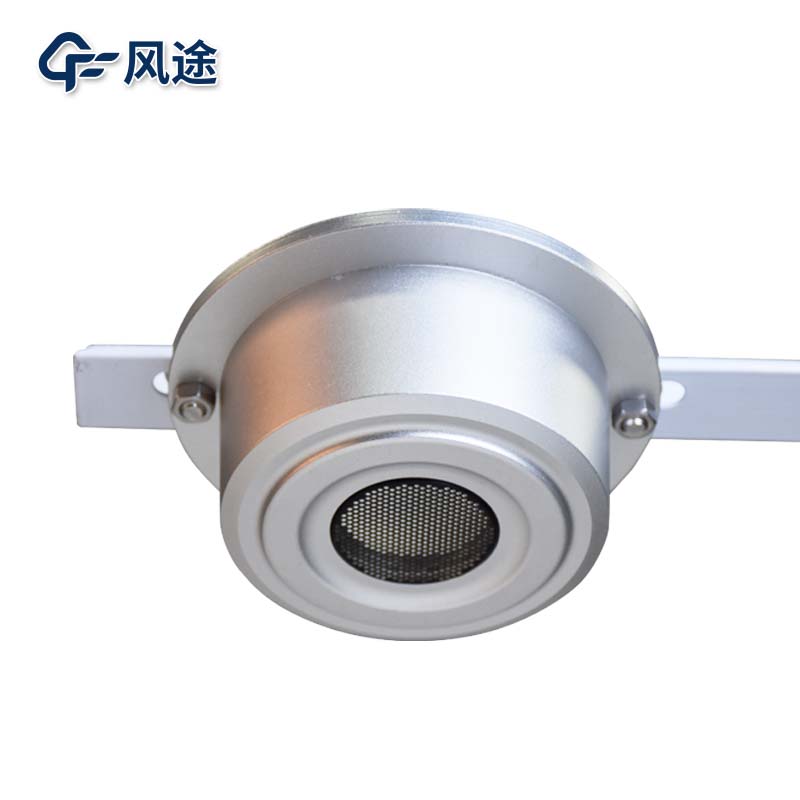Shandong Fengtu IOT Technology Co., Ltd
Sales Manager:Ms. Emily Wang
Cel,Whatsapp,Wechat:+86 15898932201
Email:info@fengtutec.com
Add:No. 155 Optoelectronic Industry Accelerator, Gaoxin District, Weifang, Shandong, China

Sales Manager:Ms. Emily Wang
Cel,Whatsapp,Wechat:+86 15898932201
Email:info@fengtutec.com
Add:No. 155 Optoelectronic Industry Accelerator, Gaoxin District, Weifang, Shandong, China
time:2025-01-20 09:43:22 source:Weather Station viewed:546 time
In the field of snow depth measurement, the Ultrasonic Snow Depth Detector and the Laser Snow Depth Monitor are two common devices. So, how should consumers make a choice?
The Ultrasonic Snow Depth Detector operates in a way similar to echolocation. It emits ultrasonic waves towards the snow surface. After the waves hit the snow surface and reflect back, the sensor calculates the distance between the snow surface and itself based on the round - trip time of the sound waves and the speed of sound in the air. The Laser Snow Depth Monitor, on the other hand, emits a laser beam. When the laser is reflected back from the snow surface, it determines the distance according to the flight time or phase change of the laser, and can accurately lock the position where the laser hits the snow surface.
The Ultrasonic Snow Depth Detector has a lower cost, is easy to install and operate, and performs well in snow depth measurements under general environments. For example, in a field meteorological monitoring station, it can provide approximate snow depth data for meteorological analysis, meeting the needs of scenarios where the requirement for measurement accuracy is not extremely high. In contrast, due to its extremely high accuracy, which can reach the millimeter level, the Laser Snow Depth Monitor is more suitable for scenarios that demand precise snow depth measurement in scientific research projects, such as in the field of glacier research that requires high - precision data support.
Of course, although the Laser Snow Depth Monitor has high accuracy, it has a relatively high cost. Moreover, in environments with strong light interference or a lot of dust, its measurement accuracy is prone to be affected, so special attention needs to be paid to environmental conditions during its use.
Therefore, when choosing between the Ultrasonic Snow Depth Detector and the Laser Snow Depth Monitor, one should fully consider factors such as their own requirements for measurement accuracy, budget, and the actual usage environment, weigh the pros and cons, and select the sensor that best suits their needs.

types of anemometer Such as cup anemometer, propeller anemometer, hot wire anemometer, wind vane anemometer, ultrasonic anemometer, pressure anemometer, tube anemometer....
With the rapid development of science and technology, modern meteorological and environmental monitoring systems, as the core of the operational meteorological monitoring system, are of great significance in enhancing the level of public meteorological services and improving the accuracy of meteorol...
The data collection process of smart agriculture involves detailed and continuous monitoring of farmland conditions through integrated high-tech sensing technologies, real-time monitoring systems and advanced equipment such as drones. The data collected by these technological means provide farmers w...
Thermal power, as a core component of China's power system, continues to play a fundamental and safeguarding role in the current process of energy structure adjustment. This form of energy releases heat by burning fossil fuels such as coal, oil, and natural gas to drive generator sets. According...